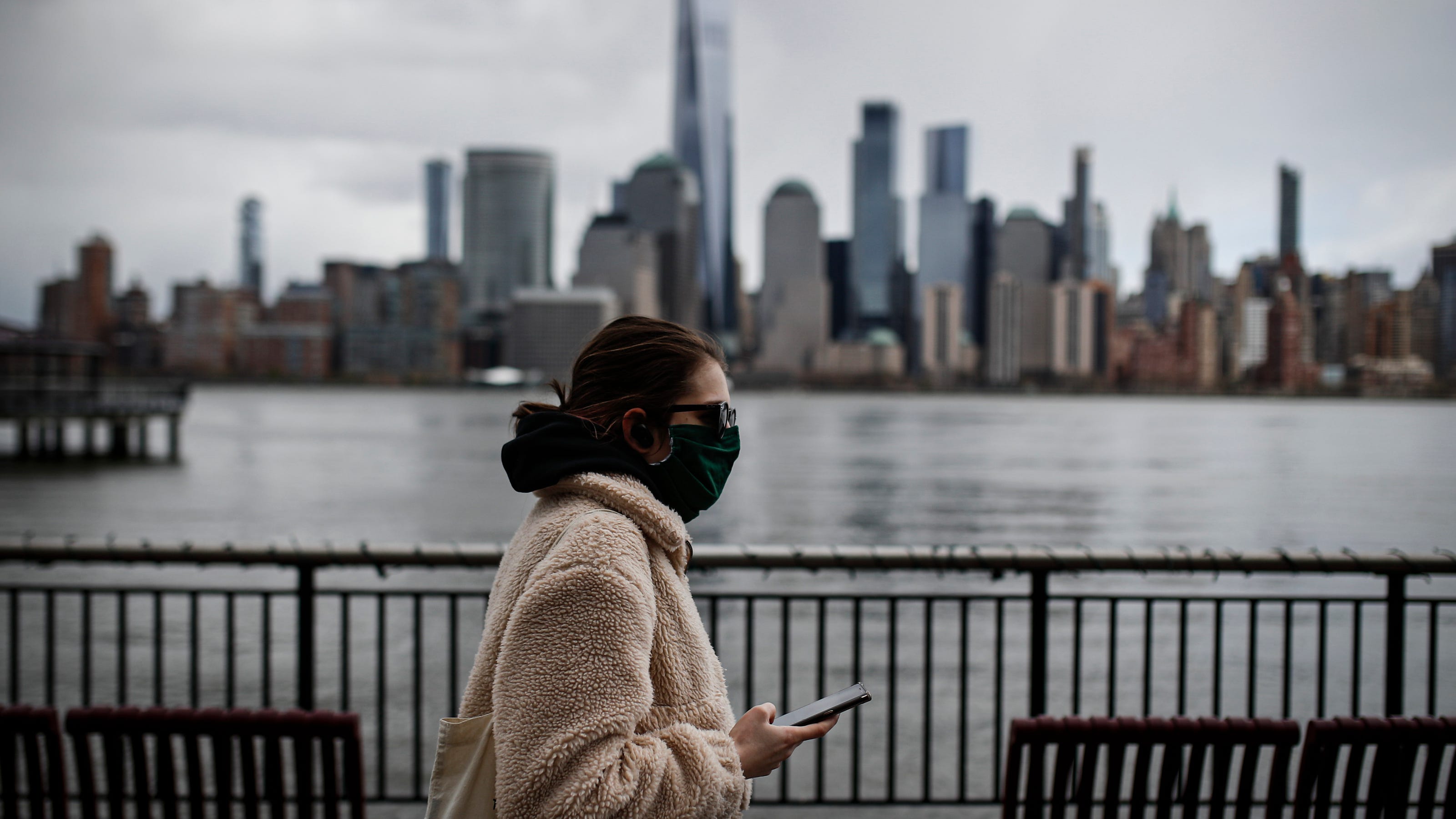You are here
What went wrong during the Northeast's first COVID-19 spike and is the region ready for another?
Primary tabs
 What went wrong during the Northeast's first COVID-19 spike and is the region ready for another? The Northeast has among the lowest coronavirus infection rates in the nation after having the most deaths. Can they stop another surge? USA TODAY
What went wrong during the Northeast's first COVID-19 spike and is the region ready for another? The Northeast has among the lowest coronavirus infection rates in the nation after having the most deaths. Can they stop another surge? USA TODAY In early March, Dr. Jeffrey Shaman watched from his New York City home as political leaders debated how best to control the first cases of the new coronavirus.
It soon led to screaming at the television.
Shaman, an infectious disease expert at Columbia University, said he thought city schools should have been closed right then, in the first week of March, or at least by the second week of the month.
"It was definitely too slow," he told the USA TODAY Network. "I could not believe the schools were still open."
Schools in New York ultimately closed March 16 when the state had 950 COVID-19 cases and nine deaths.
New York and New Jersey have gone on to have the most coronavirus deaths in the nation, nearly 32,600 (including 4,600 probable deaths in New York City) and 15,700, respectively.
That was followed by 8,500 in Massachusetts; 8,400 in California; 7,600 in Illinois and 7,100 in Pennsylvania. Maryland had about 3,500 deaths, while Delaware had 580, according to federal data.
nfection rates in the Northeast have fallen to record lows in recent weeks even as they have soared to record highs in more than 30 other states, mostly in the South and West.
Now the question is: How well prepared are Northeast states for another spike of COVID-19?
Nowhere in the country is a region more aware of the virus' impact than the Northeast.
And that experience — with thousands of deaths, overwhelmed hospitals and a shuttered economy — is working to inform how officials respond to an anticipated second wave.
The states have been working together to try to thwart a spike, but at the same time making independent decisions on when to open or close certain industries....



Recent Comments